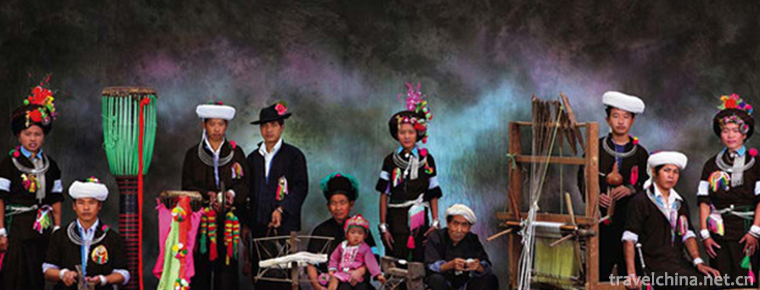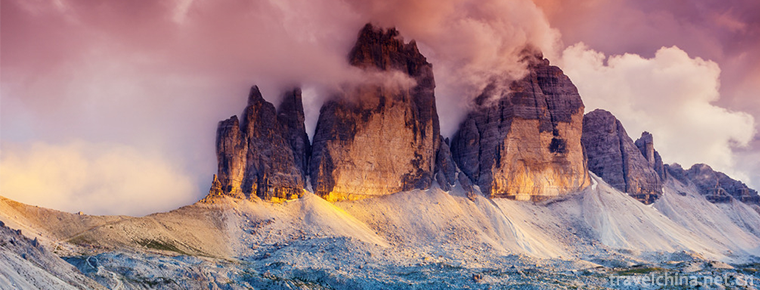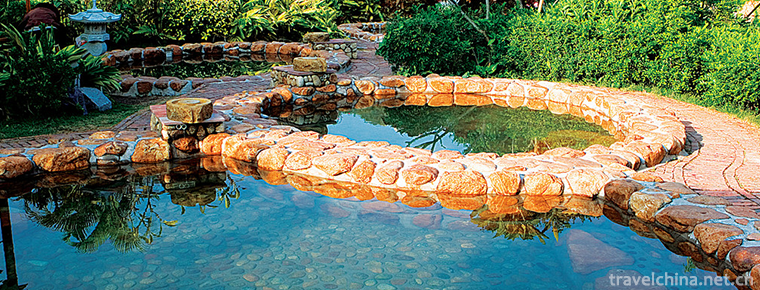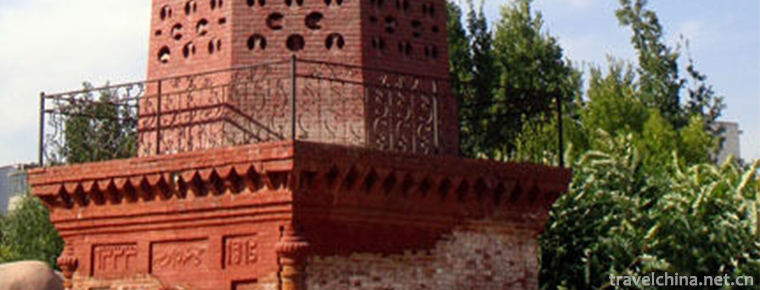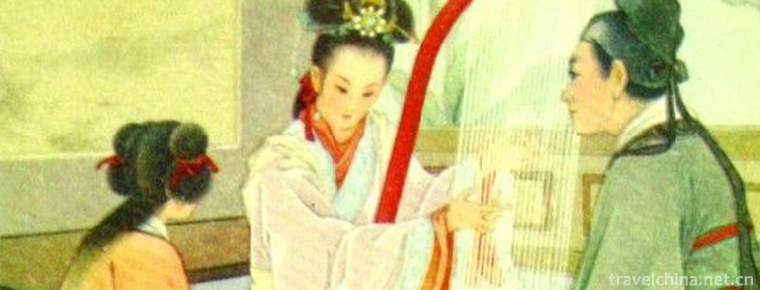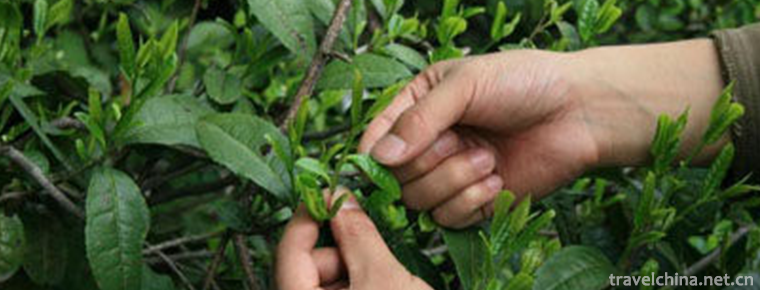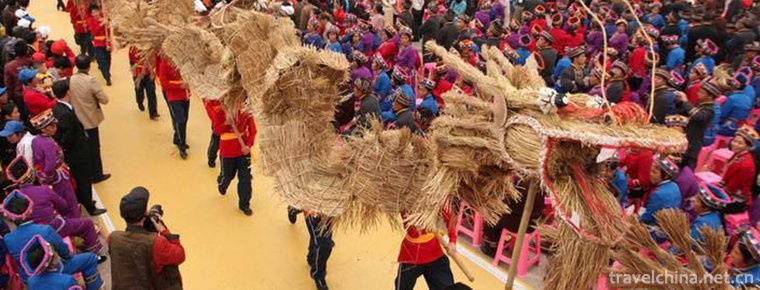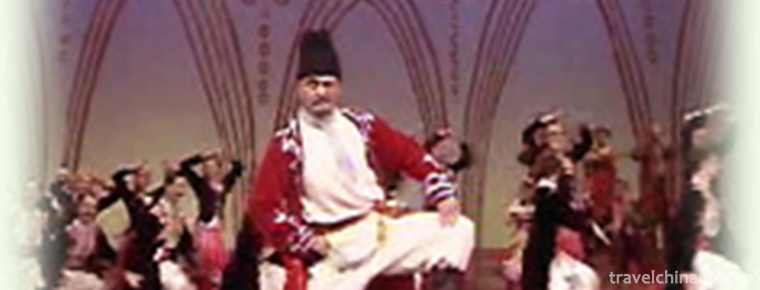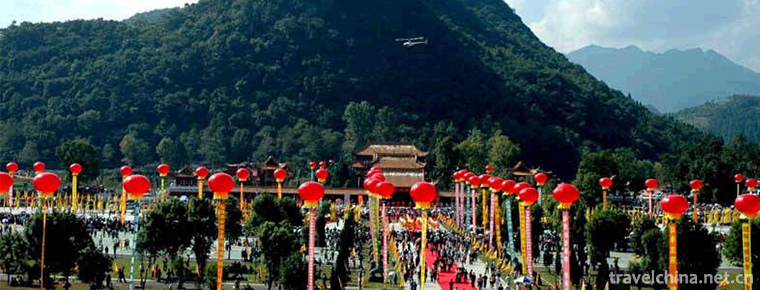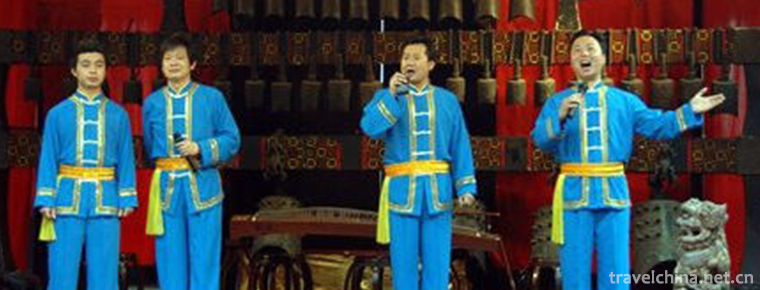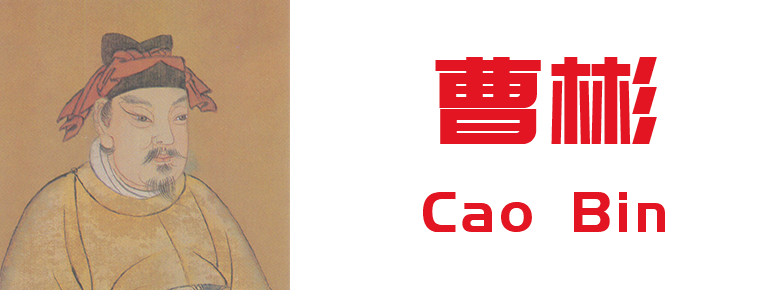Painting of Painted Sand Tancheng
Painting of Painted Sand Tancheng
He said that if we compare life to a picture scroll, if the world wants to be detached from things and hearts, should it also laugh away the glory or frustration, beauty or pain of the past? However, if we can calmly and quietly ascribe prosperity to sanding, will we breathe more freely and easily?
Tancheng is the "complete world of pride". In Sanskrit it is called "Manzala" and literally translated as "circle around". Its significance is as far as the secular symbolic altar city is concerned, that is, to surround the center of the immeasurable palace, or to surround many holy worshippers who can depend on the Lord's worship.
Tibetan is called "Jikuo", which means "Zhonglun" and "Lunyuan". It originates from the temple where Indian Buddhism sects, sects and their families gather. It is a kind of object that Tibetan Buddhism sects must worship when practicing. Its forms are various, mostly in the form of Tangka and murals. There are exquisite altar cities painted on the walls or ceilings of temples.
Tancheng is an imaginary palace. If it is called painting, it is a circular painting on the platform or square fabric. Most Tancheng is made of colorful sand or rock powder and grain, which are not permanent materials, twisted and scattered by hand. There are strict rules and detailed requirements in the process. The key places such as structure, location, length and name must not be mistaken. It is executed by trained monks.
Tancheng has a variety of sizes, one meter square, the larger Tancheng has a size of 56 square meters, bright colors, like a flat tapestry, as well as exquisite architectural models, can be called a religious art. After the ceremony, the Altar City will be wilfully destroyed, the sand will be cleaned and poured into nearby streams or rivers, so it is said that it is almost today's performance art.
Tancheng sand painting is made of special fine sand. The white sand used is made by hand grinding special stones, including gold, turquoise, agate and other precious metals and ores. Only after dyeing, can it become the basic material of Shatan City. There are six colors: white, black, blue, red, yellow and green. In addition to white and black, the remaining four colors are divided into three levels: deep, medium and light, which can be adjusted into 14 colors. Generally speaking, the five basic colors of blue, yellow, red, green and white correspond to the five Buddhas and the five wisdom.
The production of Shatan City requires the cooperation of several or even dozens of well-trained lamas. Before making it, the Lama will draw geometric patterns such as vertical line, diagonal line and circle on the pedestal as the basis of composition and positioning, then draw the outline, and then start drawing from the middle, gradually outward. Every step is made in accordance with the Buddha's teachings, which remain unchanged until now. Lamas who make sand altar city have been trained very strictly. They must keep in mind every detail and not create their own.
Drawing Tancheng is an arduous and meticulous process. Lamas need to wear masks, grind small grains of sand into special conical containers in advance, control the flow through light or heavy beating, leak sand on the template, build and sketch it carefully, concentrate on it, be meticulous, slightly careless, and abandon all previous efforts, depending on the size, take days to months. Various times.
From an artistic point of view, the whole picture has a rigorous structure and rich colors. With the help of sand grains, a medium full of layers and a sense of gravity, the meaning of religion can be fully expressed. Whether it is the Buddha sitting upright, or the creatures with different attitudes around the Buddha, or the ambiguous atmosphere around the world, they all have their own charm and form a perfect world in harmony. What is more amazing is that this unique creative technique limits the possibility of great changes, so the whole picture must be completed at one go, just as monks write out their own rotten world outlook.
From the point of view of behavior, the creation process of the monks themselves accords with the intention of the picture. Long creation, short joy after success, followed by unhesitating destruction. When the sandy altar city was completed and the law was passed. It will be dispersed. It disperses from the outer sand to the inner, representing all the old and returning to its original state of mind after death. In addition, it expresses the impermanence and emptiness of the world.
The rest of the destroyed sand will be packed and divided into two halves, half for the worshippers participating in the ceremony, and the other half will be spilled into nearby rivers, letting the running water flow to the sea with blessings, and then to the whole world.
Some people say that the vulgar explanation for the destruction of Tancheng is to show the illusion of the world. The exterior altar city was destroyed, but in the lama's mind, they have absorbed more energy through this practice, and the altar city in their mind is becoming stronger and stronger. Others say that Tancheng's works are to show the short and perishable life. It seems to warn us that life is a long effort, a short harvest, and the pain of loss.
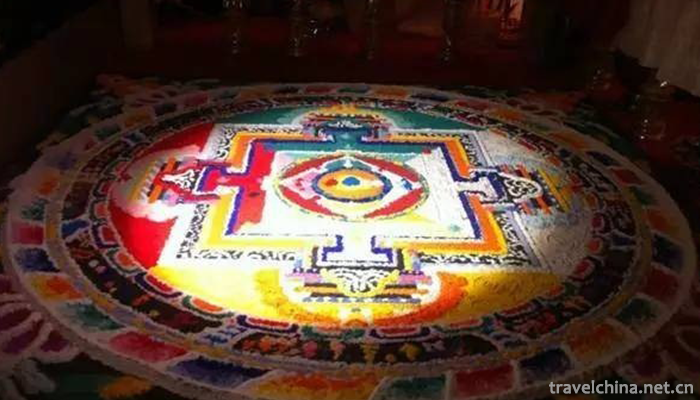
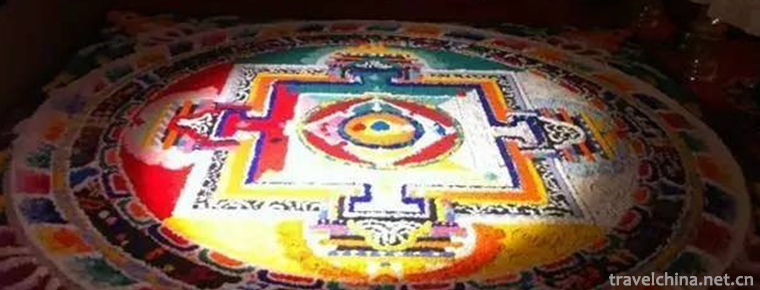
Painting of Painted Sand Tancheng
-
Japa Ma and Jami Ma
Japa Ma and Jami Ma are the local traditional folk literature in Lianghe County, Yunnan Province, and one of the national intangible cultural heritage.
Views: 226 Time 2018-12-15 -
Qinghai Kekexili National Nature Reserve Hoh Xil
The Kekexili National Nature Reserve in Qinghai Province is located in the western part of Yushu Tibetan Autonomous Prefecture with a total area of 4.5 million hectares
Views: 211 Time 2019-01-29 -
Yushui Ancient Hot Spring
Maoming Yushui Ancient Hot Spring, under the Yuyi Shishan Mountain, beside the ancient post road, hot springs are all over the place. The water is boiling all the time. Officials in counties and citie
Views: 206 Time 2019-03-09 -
Construction Skills of Russian Nationality Residences
Historically, Tacheng once had the reputation of "Oriental Moscow", which is by no means a historical accident. It has a close relationship with the border trade in the past 150 years
Views: 359 Time 2019-04-28 -
Legend of Peacock Flying Southeast
Peacock Flying Southeast is the earliest long narrative poem in the history of ancient Chinese literature, and also the best folk narrative poem in ancient China. Ancient Chinese folklore stories
Views: 307 Time 2019-05-10 -
Green Tea Production Techniques
Green tea production technology is a national intangible cultural heritage. Luan Guapian is a special kind of green tea. Cucumber seed-like flake-shaped tea is made from local endemic varieties by wre
Views: 311 Time 2019-05-15 -
Mulao Effort Festival
Mulao people mainly live in Guangxi Zhuang Autonomous Region and call themselves "Ling" and "Jing". Yifan Festival is a unique traditional festival of Mulao nationality, with a str
Views: 117 Time 2019-06-06 -
Nazikum
Nazikum is a folk dance performance that combines instrumental performance, competitive performance, mime performance and rap. The unique squatting dance is the leading style in Uygur folk songs and d
Views: 160 Time 2019-06-07 -
Sacrifice to Emperor Shun
Modern Shun Emperor Mausoleum sacrificial activities take the theme of "respecting ancestors and patriotism, inheriting civilization, uniting people's hearts and promoting development". The
Views: 137 Time 2019-06-16 -
Xiushan Folk Song
Xiushan folk song is the folk song of Xiushan Tujia and Miao Autonomous County. Folk songs are closely related to the people's lives of all ethnic groups in Xiushan. Through compiling folk songs, the
Views: 134 Time 2019-07-08 -
Cao Bin
Cao Bin (931 - 999 years), Zi Guohua, really decides Lingshou (now Hebei). Northern Song Dynasty The founding fathers.
Views: 189 Time 2019-09-15 -
Deyang hydrology
The rivers in Deyang City belong to Tuojiang River and Fujiang River system. The main rivers are Mianyuan River, shiting River, Yazi River, Qingbai River, Kaijiang River, etc. The Northwest Mountainous Area of the city is located in the north of Shifang and Mianzhu
Views: 369 Time 2020-12-14
